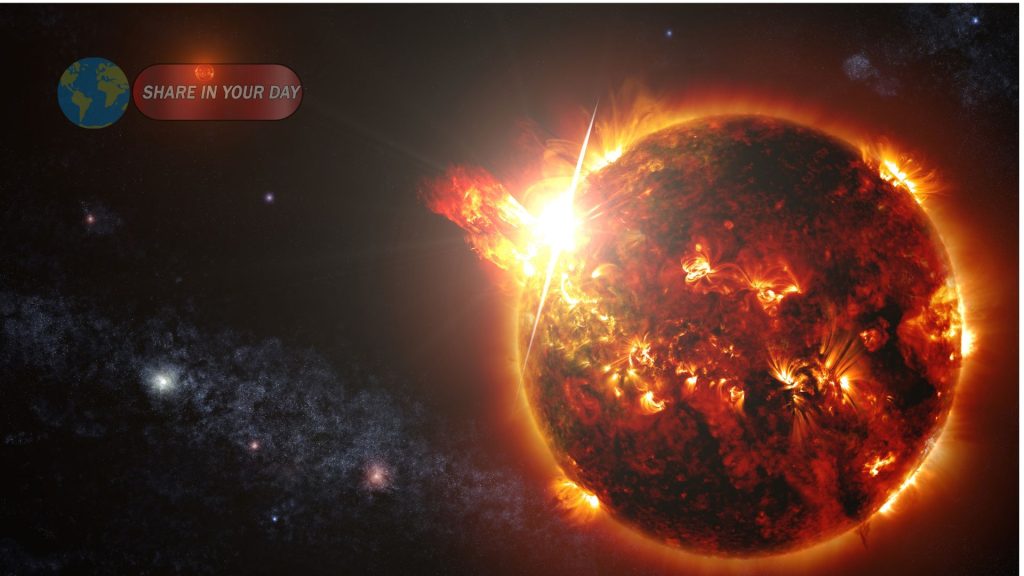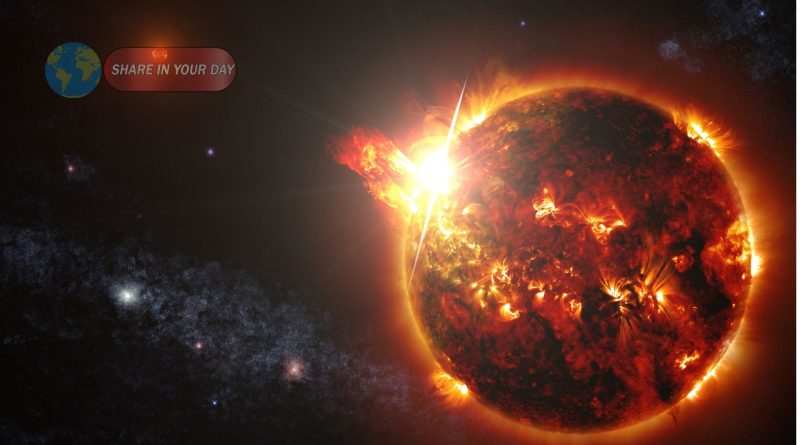A Strange “Tail” That Defies Expectations
Originally detected as it passed through our solar system, 3I/ATLAS is widely considered to be an icy body akin to a comet. Observations made in August with the Keck II Telescope in Hawaii detected what astronomers call an “anti-tail” — a dust or gas extension that appears sunward instead of trailing behind the object as we typically expect.
In a recent paper (still awaiting peer review), researchers reported both cyanide and nickel gas emissions from 3I/ATLAS, emanating in both sunward and anti-sunward directions — further evidence of an anti-tail structure.
What Could Be Causing This?
Several mechanisms may explain the anomaly:
- One possibility is an optical effect: because of Earth’s vantage point, the comet may have a broad dust fan that appears to point toward the Sun from our angle
- Another is that large dust grains are being shed from the sunlit hemisphere of the nucleus and moving slowly enough that solar radiation pressure doesn’t immediately blow them away. They accumulate in front of the object’s path, creating the appearance of an anti‐tail.
- Rapid rotation of the nucleus might eject material both ahead of and behind the orbiting body, making the geometry complex and leading to emissions in both directions.
Why It Matters
This event is significant for a few reasons:
- Interstellar objects like 3I/ATLAS are exceedingly rare and offer a unique window into materials and dynamics from beyond our own solar system.
- The presence of an anti‐tail and unexpected gaseous emissions challenge the conventional understanding of comet behaviour, suggesting that even coming from another system, they may obey different rules or have unusual composition.
- One of the astronomers involved, Avi Loeb, remarks that the anti-tail remains an “anomaly that raises two questions: What is the nature of the anti-tail? Why are comet experts ignoring this anomaly while insisting that 3I/ATLAS is a familiar comet?”
Loeb uses his own proposed “Loeb scale” to rate how anomalous an interstellar object might be, giving 3I/ATLAS a level of 4 / 10 — meaning that while not wildly outside expectations, it has “increasingly anomalous characteristics.
What’s Next for 3I/ATLAS
Before it departs our solar system, 3I/ATLAS is expected to make a relatively close approach to the orbit of Juno (a NASA spacecraft) and the JUICE probe (an ESA mission) near Jupiter. These fly-by opportunities could allow for further observations of its composition and behaviour
Final Thoughts
While at first glance 3I/ATLAS seems like a comet in the classic sense, the sunward tendril-like “anti-tail,” outgassing of unusual elements, and its origin from beyond our solar system all point to something more complex. Continued study may reveal not only more about this object’s nature but also about what lies beyond our solar neighborhood and how such travellers behave when they visit.
Feel free to copy-paste this into WordPress. If you’d like accompanying images or sub-headings broken down further (e.g., for SEO “H2”, “H3”), I can provide that too.





